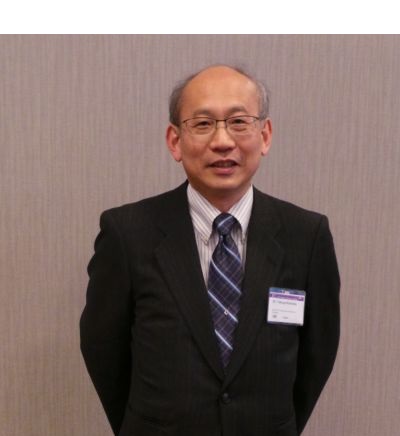International Lighting manufacturer Panasonic has been active in strategizing the OLED lighting market. Their OLED panels already have a luminous efficacy of 110lm/W, said Research Director Takuya Komoda. As mass production is driving down costs, OLED use in office lighting is anticipated to spur a new replacement trend in 2014-2015.
 |
|
Takuya Komoda, Research Director for Panasonic. |
Komoda touched upon the future development of LED and OLED during the Taiwan International Lighting Show 2014 on March 20-23. LEDs act as a replacement for traditional lighting, and demands have seen a dramatic uptick since the incandescent ban earlier this year. OLED lighting, on the other hand, provide a more relaxed user experience and have overcome the inability of its point light source to generate natural light. This is evident when comparing OLED and LED panel lights. Moreover, OLED's transparency and flexibility can further stimulate new demands and bring new business opportunities.
Panasonic has continued to pour funding into resources in order to increase OLED efficacy performance. Panasonic OLED efficacy can already reach around 110lm/W, according to Komoda. Laboratory statistics have even reached up to 160lm/W. However, cost of OLED is still much higher compared with LED’s. For every 1000lm/W, OLED's cost is 20 times higher than that of LED. Therefore, production expansion and development of technology is the key to narrowing the cost difference between OLED and LED. Through this method, OLED will eventually only be two times more expensive than LED, said Komoda.
Komoda pointed out that office lighting only needs to be replaced around every 5 years, and around 10 years for household lighting. The LED replacement trend gained speed early in the Japanese market, starting in 2009. By 2014-2015, OLED has the possibility to give rise to a new replacement trend for office lighting. Household lighting could possibly also be replaced with OLED by 2019-2020, said Komoda.












